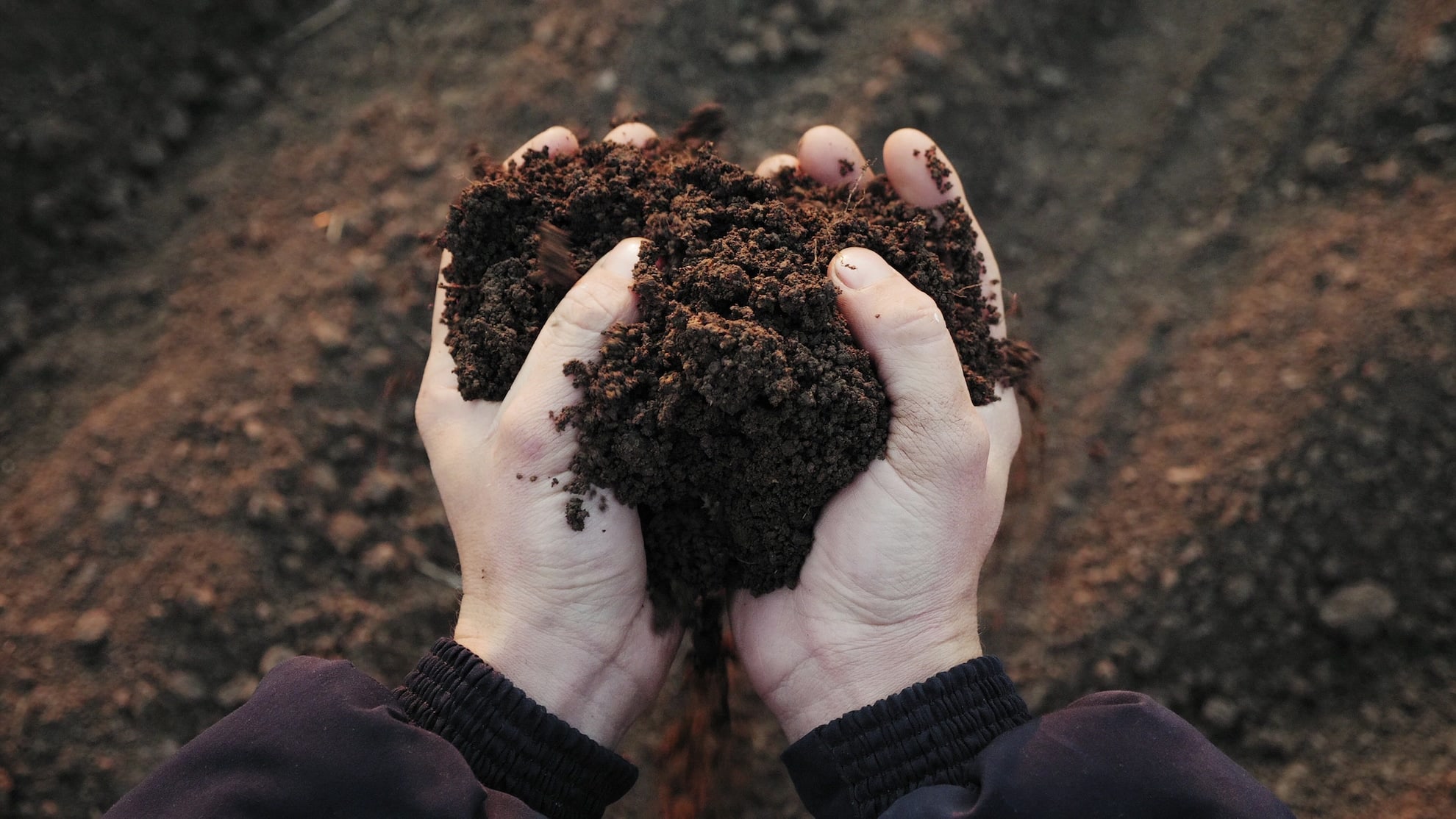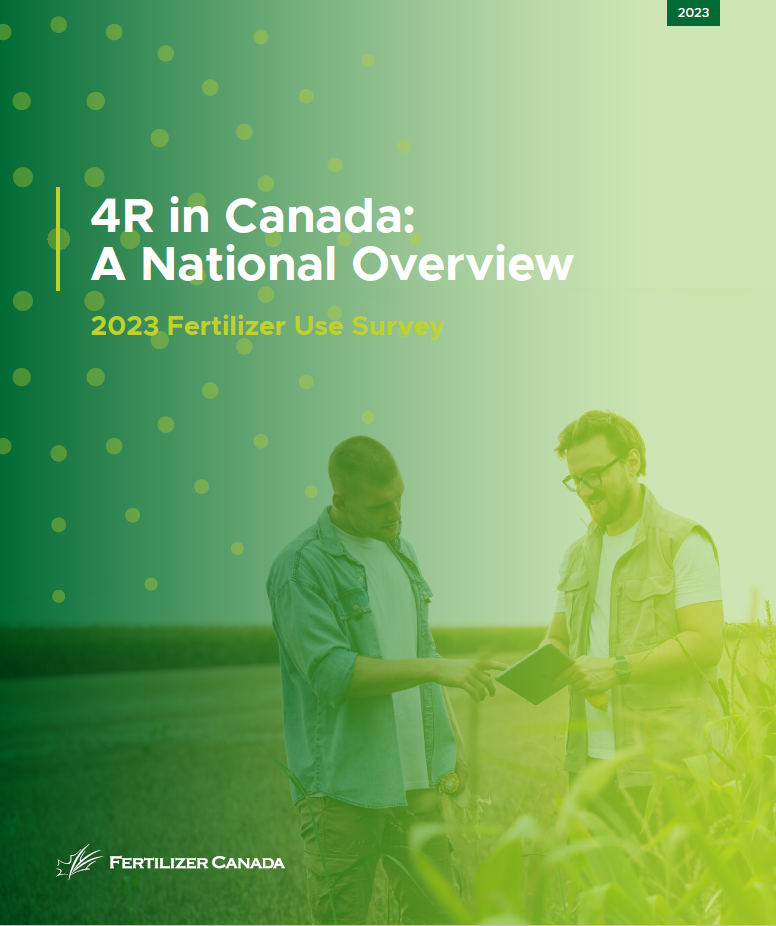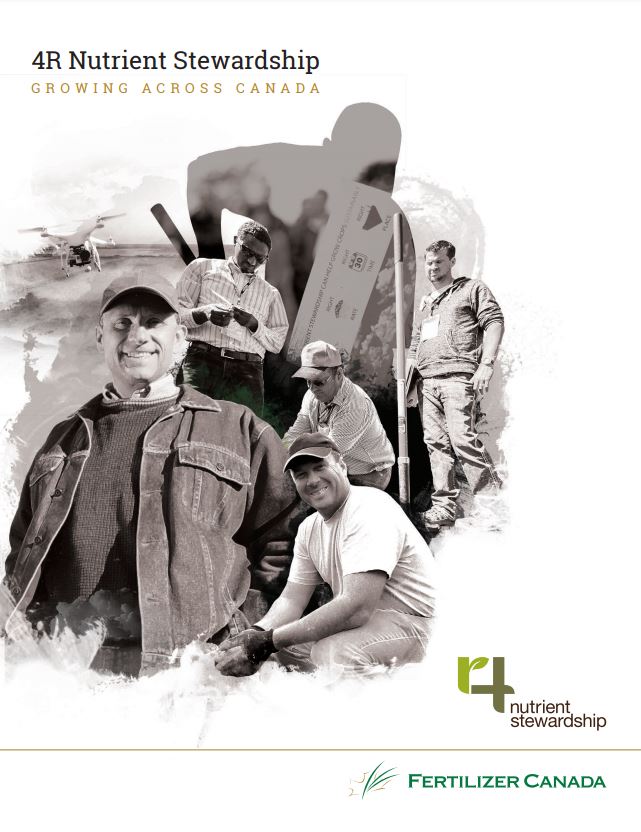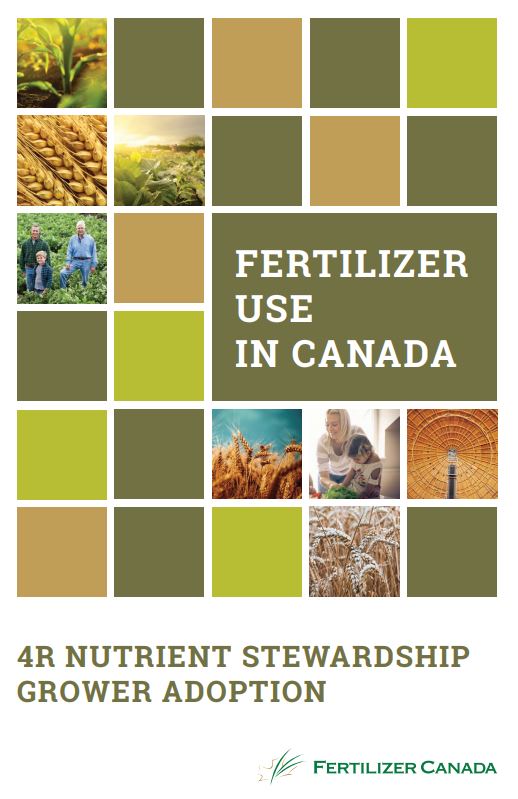
Fertilizer Use in Canada
4R Nutrient Stewardship Grower Adoption
Fertilizer Use Survey
Canada’s agriculture industry is leading the way, providing innovative thinking for the sustainable use of fertilizer, making changes that positively impact the environment, the economy and the social fabrics of Canadian life. Fertilizer Canada promotes the voluntary adoption of 4R Nutrient Stewardship (Right Source @ Right Rate, Right Time, Right Place®). Fertilizer Canada is improving the Canadian agriculture industry’s ability to report on sustainable nutrient stewardship practices. By linking commercial interest in the food sector, 4R Nutrient Stewardship can capture market opportunities arising from the food industry’s demand for information on how their food is being grown. Fertilizer retailers and farmers across Canada have adopted this framework to achieve cropping system goals and demonstrate enhanced environmental protection and improved sustainability, helping to maintain our soil, air, and water.
BACKGROUND
The Fertilizer Use Survey assists in understanding the current state of fertilizer management in Canadian crop production and how growers use and make decisions about fertilizer applications. Conducted between the 2014 and 2022 growing seasons, the survey gathers data on fertilizer management practices and current knowledge of 4R Nutrient Stewardship (Right Source @ Right Rate, Right Time, Right Place®) from growers across the country. The survey currently gathers information from canola and wheat growers in Western Canada (Alberta, Saskatchewan, and Manitoba), barley growers in Manitoba, grain corn and soybean growers in Ontario, grain corn growers in Quebec, and potato growers in P.E.I.
SCOPE
- Annual survey of approximately 2,000 Canadian growers
- Online 25 min survey – incentive of approx. $30 to complete
- Supplier: Stratus Ag Research
- Voluntary and unbiased
- Self assessment – not validated
FULL DATA SET – Password protected
To access the below data sets, please contact Simon North, Senior Agronomy Lead, at snorth@fertilizercanada.ca.
CDN16 – Fertilizer Use: Ontario
CDN19 – Fertilizer Use
CDN2020 – Fertilizer Use: Ontario
CDN2021 – Fertilizer Use: Ontario
CDN2022 – Fertilizer Use: Ontario
CDN2023 – Fertilizer Use: Ontario
CDN2024 – Fertilizer Use: Ontario
ABOUT THE 2023 SURVEY
The Fertilizer Use Survey is a long-standing initiative that Fertilizer Canada and its stakeholders
have completed since 2014 to determine fertilizer application practices of growers across Canada
and 4R awareness.
Collecting and tracking fertilizer best management practices (BMPs) is vital to developing sustainability metrics and understanding potential adoption across Canada. The survey creates a baseline to measure year-over-year data and provides valuable insights into the motivations and understanding of growers when considering 4R Nutrient Stewardship strategies. Improving sustainable farming in Canada can’t be successfully accomplished if we don’t understand the situation and existing barriers to adoption.

ABOUT THE 2021 SURVEY
The Fertilizer Use Survey assists in understanding the current state of fertilizer management in Canadian crop production and how growers use and make decisions about fertilizer applications.
Conducted between the 2014 and 2021 growing seasons, the survey gathers data on fertilizer management practices and current knowledge
of 4R Nutrient Stewardship (Right Source @ Right Rate, Right Time, Right Place®) from growers across the country. The survey also captures baseline data about corn, soybean, winter wheat, spring wheat, flax, sunflower and canola crops in Canada. This information is essential for developing sustainability metrics and sound 4R Nutrient Stewardship strategies.

ABOUT THE 2019 SURVEY
The Fertilizer Use survey assists in understanding the current state of fertilizer management in Canadian crop production and how growers use and make decisions about fertilizer applications. Conducted between the 2014 and 2019 growing seasons, the survey gathers data on fertilizer management practices and current knowledge of 4R Nutrient Stewardship (Right Source, Right Rate, Right Time, Right Place®) from growers across the country. The survey also captures baseline data about corn, soybean, and canola crops in Canada. This information is essential for developing sustainability metrics and sound 4R Nutrient Stewardship strategies.

ABOUT THE 2017 SURVEY
This summary document provides key information on crops and fertilizer practices captured in the Fertilizer Use Survey, led by Pulse Canada, as they relate to 4R Nutrient Stewardship. The survey aims to build a national database of fertilizer management practices from 2014-2018, including source, rate, time and place of fertilizer applications, general fertilizer practices, and demographics. Since the survey development in 2014, 1,940 growers nationwide have participated. The survey captured fertilizer use trends in 2014 for corn, soybean, canola, spring wheat and pea production; and corn, soybean, canola, winter wheat and barley production in 2015.



